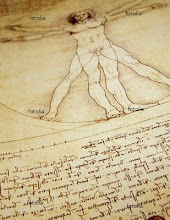


ZINC
There is some kind of love-hate relationship between architects and this kind of material, the zinc. But after all, the positive aspects surpass the negative. One of the negative aspects is the tendency to leach. Nowadays zinc is being used every time more often for architectural applications.
Technical characteristics
In untreated form, zinc is a bluish-white metal of limited strenght.
Zinc turns into an attractive uniform gray-blue color through the ages.
Natural corrosion in a neutral atmosphere results in the formation of a patchy film of zinc oxide and zinc carbonate which slows down the process of corrosion. This makes zinc a sustainable material, although conidtions in coastal and industrial districts are significantly less favourable. Zinc can be used for coatings (check Galvanization on this blog) and in alloys with copper, aluminium, magnesium, and other metals.
Zinc is available in a standard mill finish of reflective silver or preweathered to a dull grayish-blue. Zinc can always be hammered, polished, engraved, embossed, or colored using various techniques.
Applications
Drainboards, roofing, tabletops. For interior applications zinc is used in sheet for countertops, backsplashes, panneling.
Zinc, a soft metal with a rugged look, is generally used in architectural applications in the form of sheet material produced by a hot-rolling process. It can also be used for specific components such as rain-water pipes, but has been seen nowadays, in façades or even in the interior of the buildings.
Tip: ZINC is good for curved surfaces.
Colour: Bluish grey
Glossiness: Glossy, satin, matt
Translucence (%) 0 – 20 – 40 – 60 – 80 – 100
Texture: Sharp, medium, dull
Hardness: hard, soft, despressible
Temperature: warm, medium, cool
Odour: Strong, moderate, none
Acoustic opacity: good, moderate, poor

No comments:
Post a Comment